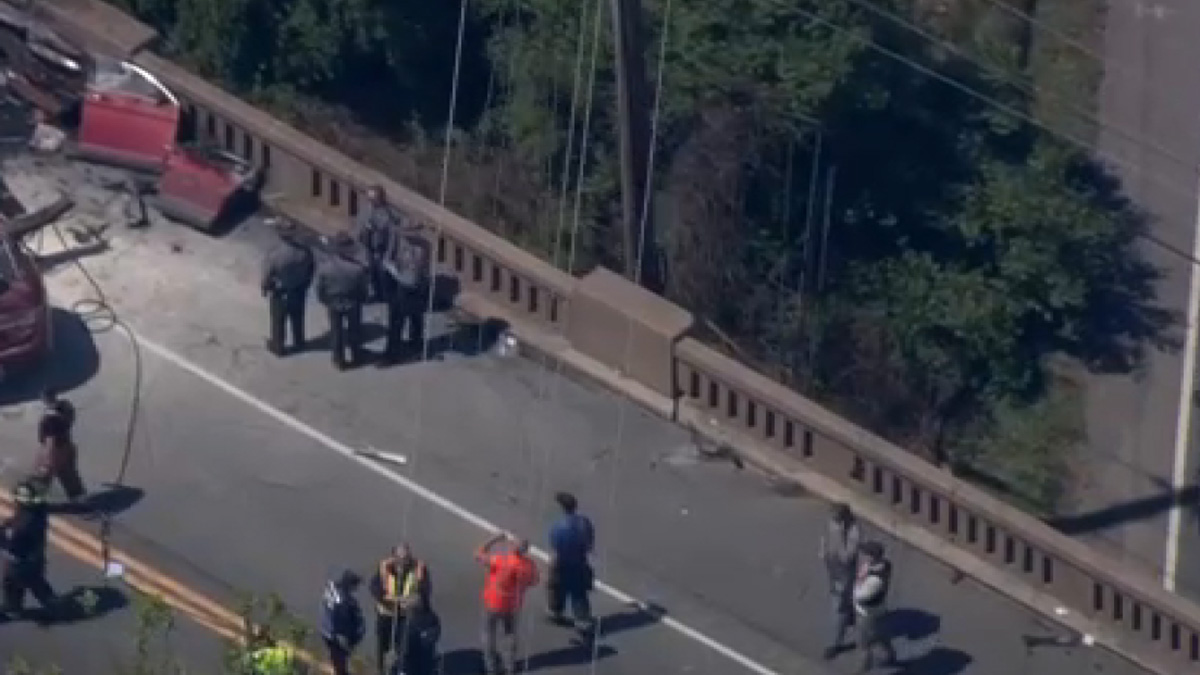The number of people being turned away from emergency shelter in Philadelphia has tripled in just three years, according to figures reviewed by AxisPhilly.
The drastic change suggests a much more complicated story about homelessness in Philadelphia than that told by more general statistics, which indicate the number of homeless individuals as being more or less steady over the last few years.
Overall, homelessness in Philadelphia was estimated to have decreased in 2013 by 1% from the year before, while the number of homeless families increased by just 1% over the same period, according to an annual report on hunger and homelessness by the U.S. Conference of Mayors.
But an analysis of similar reports over the past few years reveals a much more alarming trend: the percentage of people whose need for emergency shelter went “unmet,” has increased dramatically, from just 17% in 2011 to 48% in 2013, according to the city’s own estimates.
In other words, nearly half of those who seek shelter are now being turned away.
Perhaps even more troubling, the increase appears to be concentrated mostly among people with children who are seeking shelter, according to Leticia Egea-Hinton, who oversees shelter programs for the city’s Office of Supportive Housing.
Hinton, who acknowledged the increase, says that single adults seeking emergency shelter generally have more options and are rarely turned away. But the need for shelter appropriate for children with their parents is increasingly exceeding the city’s capacity to provide it.
Local
Breaking news and the stories that matter to your neighborhood.
“The reality is that there’s increased demand,” said Hinton, “and you’re mostly looking at families.”
Hinton ascribed the rise in demand to a decrease in affordable housing for low-income families, and other experts on homelessness generally agree.
“It’s a perfect storm of an increase in poverty and an increase in the housing crisis” says Laura Weinbaum, vice president of public affairs and strategic initiatives for Project Home.
What exactly the numbers on turn-aways mean isn’t totally clear.
It could be that more families are facing homelessness; or that families are facing homelessness and re-applying for shelter more frequently; or that a lack of other housing options is making entering the shelter system a more viable route to permanent housing.
What is clear is that the Office of Supportive Housing, which oversees the city’s services around homelessness, and other agencies tasked with helping those in need, is facing ever-growing need with shrinking resources.
Homelessness, hunger, and poverty are all on the rise in Philadelphia, which is the poorest city of its size in the country.
And while the city’s Office of Supportive Housing was largely spared in severe budget cutbacks in the wake of the 2008 financial crisis, its funding has been essentially flat-lined since then, and therefore effectively reduced factoring in inflation.
Meanwhile, funds for certain services for combating homelessness made available by the federal stimulus have run out. And in recent years, the city has cut case management services, as well as hundreds of beds from the emergency shelter system.
Despite budgetary constraints, the Office of Supportive Housing added 90 extra beds for a total of nearly 1,600 beds for families, Hinton says, and has some other options for families when shelter beds have filled up including, as she put it, the “occasional” use of a hotel room.
But Hinton also acknowledged that with increased demand and limited capacity, her office often encourages families to seek temporary shelter with friends or family members rather than in the city’s stressed shelter system.
“We work with them to find a temporary place in the community until there’s a place in the system,” Hinton said. “We don’t just turn people out onto the street.”
It’s a strategy referred to by other homeless advocates as “MOA” or “Make Other Arrangements,” and makes it hard to know exactly what’s becoming of the nearly half of individuals seeking shelter whose need is reported as going “unmet.”
On the one hand, the higher percentage could reflect families who are re-applying for shelter after being steered initially toward an alternative.
But the city tracks only those who enter the shelter system, not those who don’t or can’t. It may be that families being turned away from shelters are securing other housing, and it may be that they are not.
“We’ve heard that [the city] is seeing a surprisingly small percentage of people returning,” after being steered toward temporary housing with a family member or friend, says Project Home’s Weinbaum.
“But where they’re going is anybody’s best guess.”
This story was reported through a news coverage partnership between NBC10.com and AxisPhilly.org.



